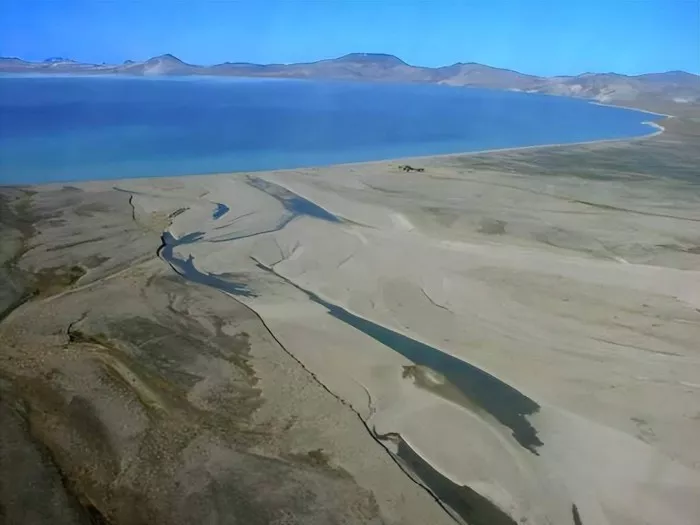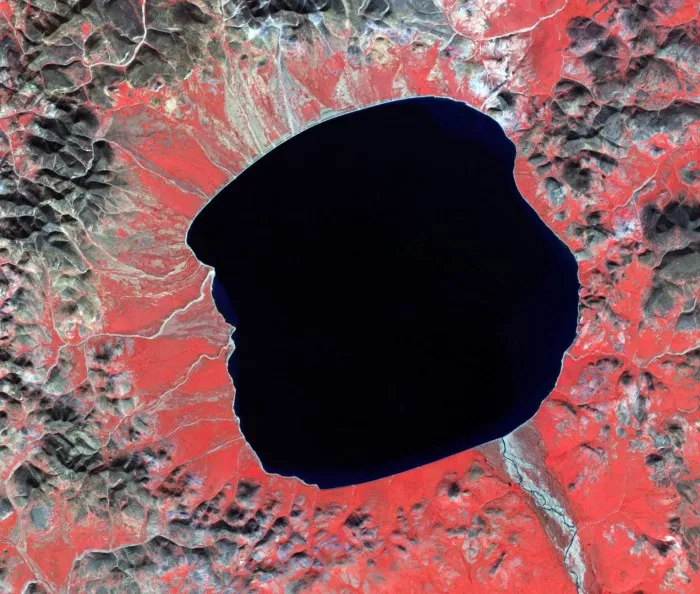The oldest continuous Arctic climate record is a step towards understanding the great shift in the glacial cycle. The new study provides the first continuous observation of climate change, known as the "middle Pleistocene transition", which puzzles scientists. The study, led by the University of Massachusetts at Amherst, was recently published in the journal past climate.
Kurt Lindberg is the first author of the paper and is currently a graduate student at Buffalo University. When he completed the study as part of a team of world-renowned climate scientists including the University of Massachusetts Amherst, he was only an undergraduate.

About 1.2 million years ago, the earth's climate underwent profound changes, known as the Middle Pleistocene transition period, or MPT. Before that, the occurrence of ice age was relatively regular, once every 40000 years or so. But later, in a relatively short geological time window, the interval between glacial periods more than doubled to once every 100000 years. "This is a real problem," said Isla Casta ñ EDA, a professor of Earth Sciences at the University of Amherst and one of the co authors of the paper. "No one really knows why this change happened.".

A false color image of el'gytgyn lake was taken by the Advanced Spaceborne Thermal Emission and Reflection Radiometer (ASTER) on NASA's Terra satellite on August 18, 2008 (red indicates vegetation, grayish brown indicates bare land, and dark blue indicates water)
A major obstacle to understanding MPT is that there is very little data available. The oldest Arctic ice core can only be traced back to about 125000 years ago. Earlier Sedimentary Cores hardly exist, because with the advent and disappearance of the ice age, the advancing and retreating ice sheets are like huge bulldozers, scraping most of the exposed land onto the bedrock.
However, there is a place in the world, located in Northeast Russia, which is not only above the Arctic Circle, but also never covered by glaciers, that is el'gytgyn lake. This is the research result of Julie brighte, a world-renowned polar scientist, Professor of Earth Science of UMass Amherst and one of the co authors of the paper.

Kurt Lindbergh (grade 2020) is analyzing the sediments of ancient el'gytgyn lake to reconstruct vegetation and past temperature
In 2009, Brigham Grette led a team of international scientists to el'gytgyn lake, where they drilled a 685.5-meter (2249 foot) sediment core, representing the earth's past 3.6 million years. Lindbergh and his collaborators used the cross MPT portion of the sedimentary core and looked for specific biomarkers that could help them determine temperature and vegetation. With this information, they were able to reconstruct the climatic conditions of the Arctic during the MPT for the first time.
Although the team did not solve the mystery of MPT, they did make some surprising discoveries. For example, an interglacial period known as MIS 31, or the era of ice retreat, is widely considered to be unusually warm, while the records of el'gytgyn Lake show only a certain degree of warmth. In contrast, the other three ice ages, MIS 21, 27 and 29, were equally warm or warmer. Finally, the team's study showed a long-term drying trend throughout the glacial period.